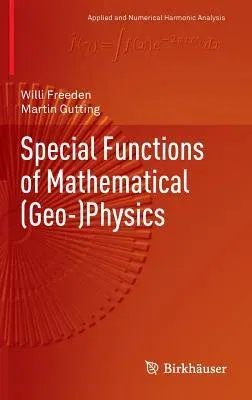Willi Freeden
(Author)Special Functions of Mathematical (Geo-)Physics (2013)Hardcover - 2013, 26 February 2013

Qty
1
Turbo
Ships in 2 - 3 days
Only 1 left
Free Delivery
Cash on Delivery
15 Days
Free Returns
Secure Checkout

Part of Series
Applied and Numerical Harmonic Analysis
Print Length
501 pages
Language
English
Publisher
Birkhauser
Date Published
26 Feb 2013
ISBN-10
3034805624
ISBN-13
9783034805629
Description
Product Details
Authors:
Book Edition:
2013
Book Format:
Hardcover
Country of Origin:
NL
Date Published:
26 February 2013
Dimensions:
23.37 x
15.24 x
3.3 cm
Genre:
Science/Technology Aspects
ISBN-10:
3034805624
ISBN-13:
9783034805629
Language:
English
Location:
Basel
Pages:
501
Publisher:
Weight:
793.79 gm